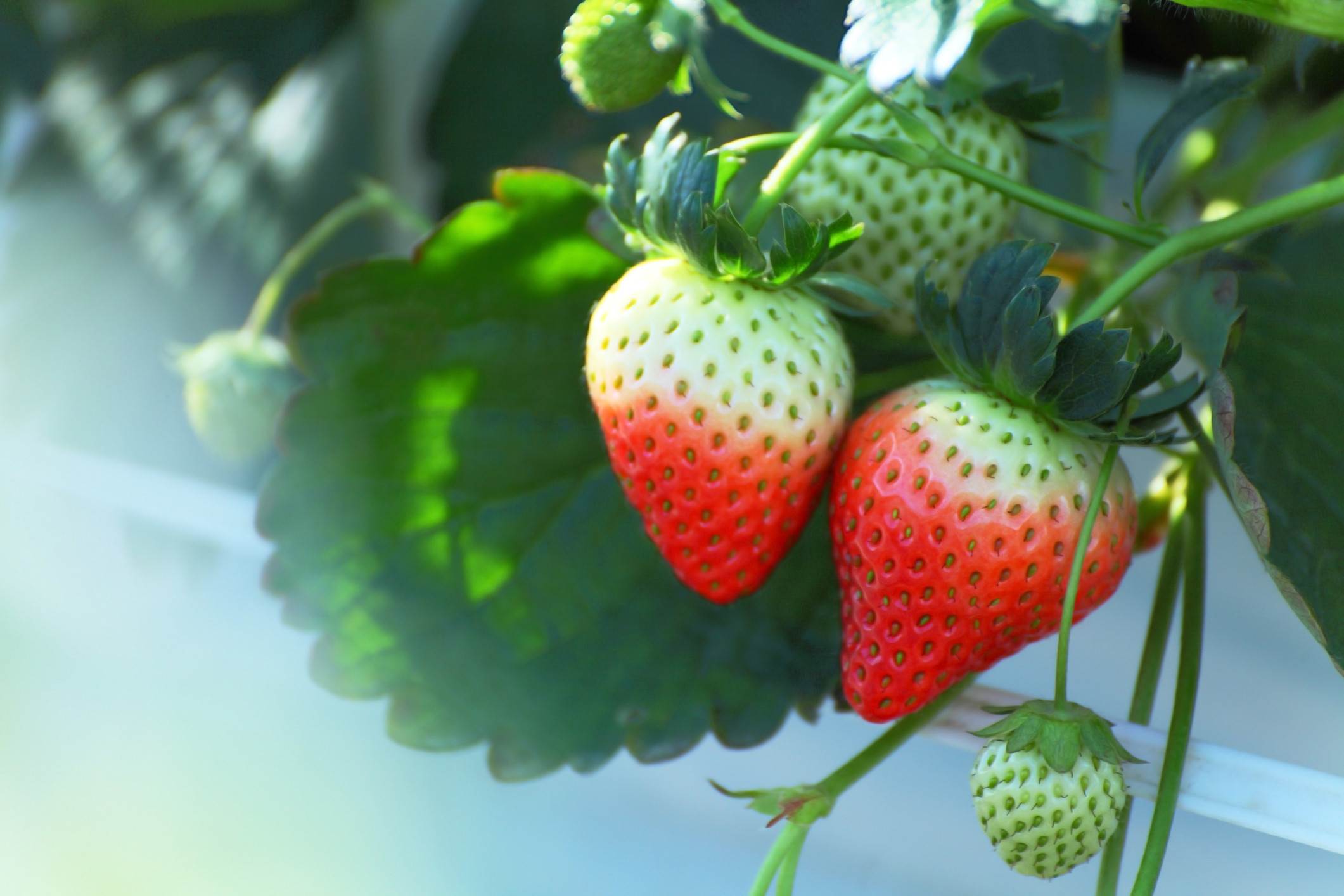Your cart is currently empty!

Strawberry Plant Care Tips

Strawberries require rich, loamy soil that drains well. Work in lots of organic matter such as compost, shredded bark or peat moss before planting.
To encourage early fruiting of June-bearing and spring-bearing strawberries, bring them into an unheated greenhouse in February or cover rows with cloches outdoors. Remove the cloches during the day while the flowers are in bloom to enable insect pollination.
Planting
Strawberries can be grown successfully in containers of all sizes. Plastic buckets, 2-litre bottles, wooden crates and even re-purposed coffee cans all work well. They should be filled with well-draining soil and checked daily to ensure they stay moist without overdoing it.
Whether you grow strawberries in the ground or in pots, select a sunny spot and prepare the soil by removing any perennial weeds and loosening it to a depth of 8-10 inches. Then add organic material such as compost, rotted manure or peat and work it in.
It is important to plant June- and spring-bearing varieties in the spring, as soon as the soil can be worked. This gives them the best chance to get established before temperatures rise. It is also important to grow them from new plants rather than hand-me-downs, as strawberry plants lose their vigor after a few years and are more susceptible to diseases.
Pruning
In general, you should prune strawberries after they have finished their spring growth and are heading into their summer growth period. This helps them get ready for fruit production by removing old growth that may be stealing resources from the fruit.
Also, it helps them direct energy to areas where the fruit is growing. Finally, thinning out the leaves allows more sunlight and air to reach the plants, which is essential for good fruit development.
To make pruning easier, consider using straw mulch around strawberry beds. It helps to keep weeds down, moderates soil moisture and keeps the berries off of the ground where they could rot or be covered in slimy, pathogenic fungus like botrytis.
Fruiting
Strawberry plants produce a long-lasting harvest of sweet, delicious fruit. They are available as either everbearers that provide a succession of small flushes throughout the season, or summer-fruiting varieties that give one big crop in late summer. Look out for cultivars that have received an RHS Award of Garden Merit or performed well in trials.
Strawberries grow in well-draining soil rich in organic matter, ideally slightly acidic. Work in a good amount of compost or manure to amend the planting site prior to planting.
After the first year, pick off any flowers to encourage the plant to spend its energy on growing healthy roots and establishing itself rather than producing more runners. This also encourages the production of larger berries in the second year. Protect berries from birds and other pests by covering the bed with lightweight bird netting as soon as they start to ripen.
Harvesting
When berries are ready for harvest, protect them from birds by spreading a layer of biodegradable strawberry mulch mat or straw over the fruit as soon as it starts to swell. If you prefer a more permanent solution, build a framework of bamboo canes covered with wire mesh to deter squirrels and birds.
Strawberries grow best in rich, well-draining soil. Work in organic material like compost, shredded bark or manure to improve the soil before planting, and check the pH level as strawberries do not tolerate very acidic soils.
Water the strawberries regularly, especially during hot weather, but avoid wetting the centre of the plant or the ripening fruits as this can cause fungal diseases such as grey mould. Feed the strawberries growing in the ground with a general liquid fertiliser, such as Vitax Q4, or a handful of all-natural homemade strawberry plant feed (like leftover filter coffee grounds) twice weekly during the summer. Strawberries growing in containers should be fed with a high-potassium liquid fertiliser, such as tomato feed, once or twice weekly.
by
Tags: